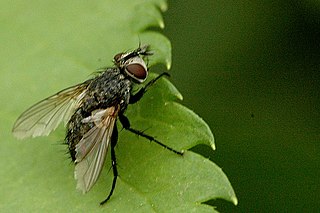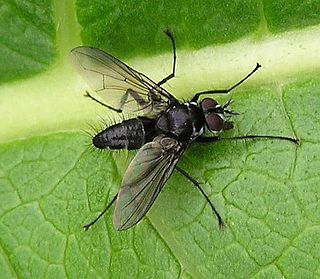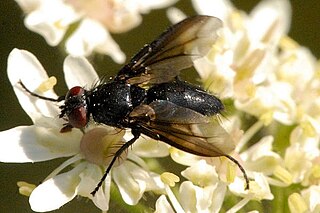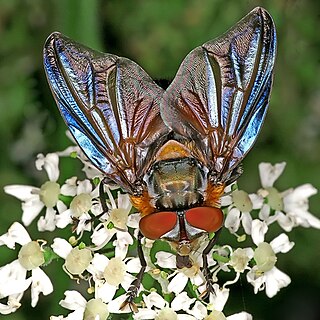Hubneria is a genus of flies in the family Tachinidae.
Meigenia is a genus of flies in the family Tachinidae.

Acemya is a genus of flies in the family Tachinidae.
Belida is a genus of flies in the family Tachinidae.
Besseria is a genus of flies in the family Tachinidae.
Buquetia is a genus of flies in the family Tachinidae.

Carcelia is a genus of flies in the family Tachinidae.

Dufouria is a genus of flies in the family Tachinidae.
Zaira is a genus of parasitic flies in the family Tachinidae. Larvae are parasitoids of adult beetles.
Freraea is a genus of bristle flies in the family Tachinidae.

Nilea is a genus of flies in the family Tachinidae.

Oswaldia is a genus of flies in the family Tachinidae.
Phebellia is a genus of flies in the family Tachinidae.

Phryxe is a genus of flies in the family Tachinidae.

Medina is a genus of flies in the family Tachinidae.

Wagneria is a genus of flies in the family Tachinidae. More junior homonyms exist of Wagneria than any other animal genus name.

Lydella is a genus of flies in the family Tachinidae. Lydella thompsoni can be used in the UK for the biological control of the European corn borer.

Eryciini is a tribe of flies in the family Tachinidae

Goniini is a tribe of parasitic flies in the family Tachinidae. Members of Goniini are distinguished from other Tachinidae by laying small "microtype" eggs that hatch only after being ingested by a host.

Phasiinae is a subfamily of flies in the family Tachinidae. The members of this subfamily attack only Heteroptera.










